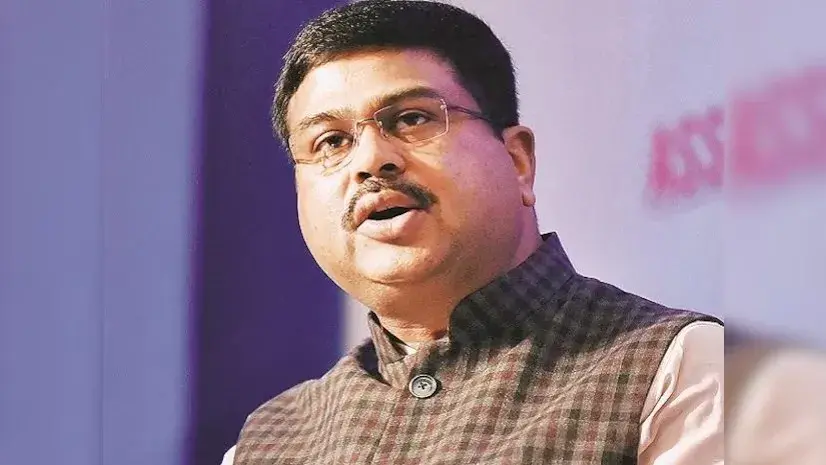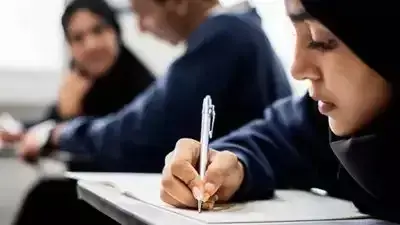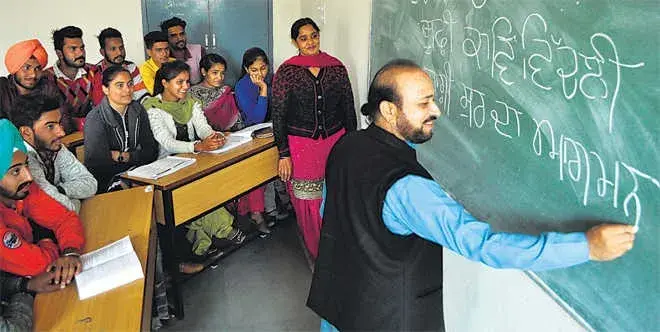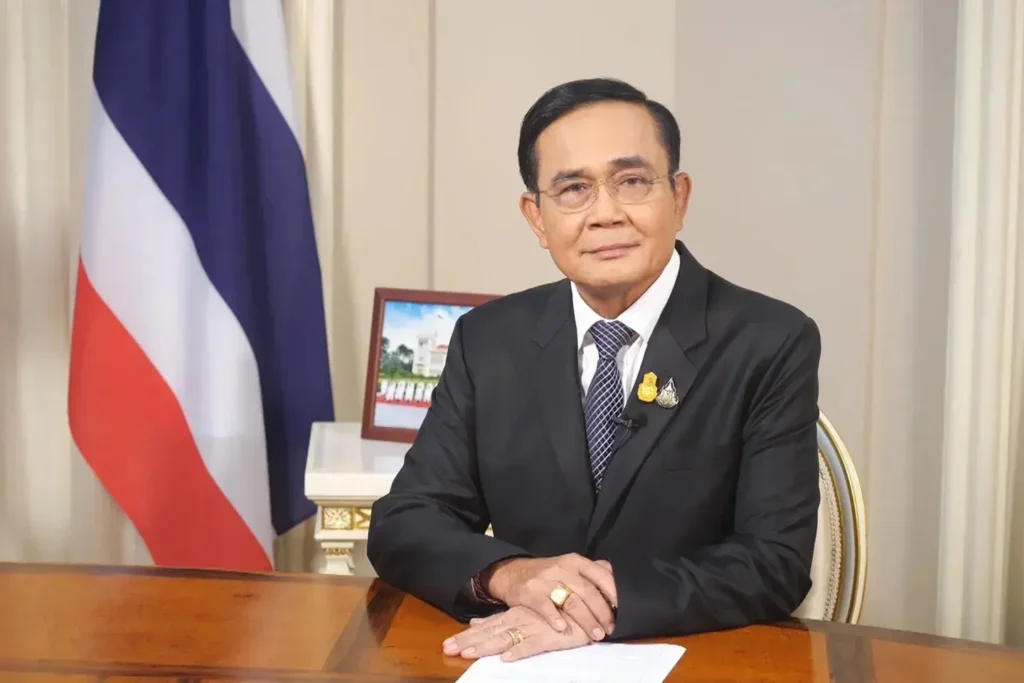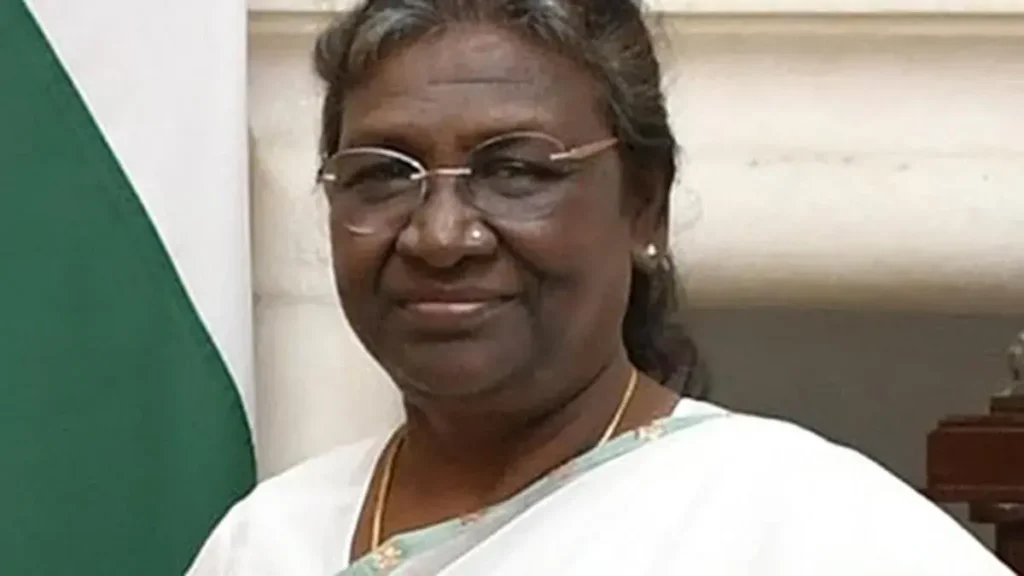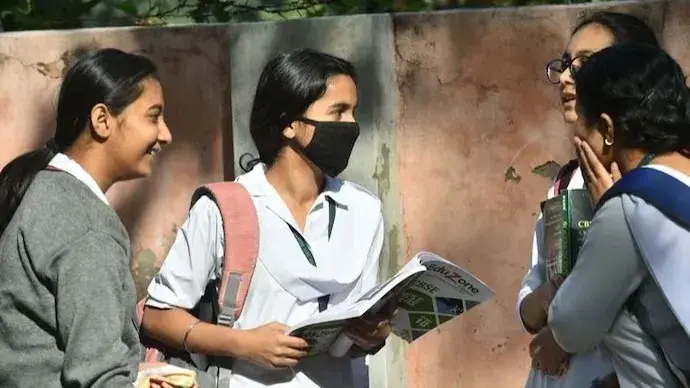Reliance Industries and Walt Disney Near Finalization of Mega Merger, Creating India’s Largest Media Entity
Reliance Industries Limited (RIL), led by Mukesh Ambani, and Walt Disney are on the brink of finalizing a significant stock-and-cash merger, aiming to forge India’s largest media and entertainment conglomerate, according to a report by Economic Times (ET). The negotiations, under an exclusivity period, are slated to conclude by February 17. With an anticipated ownership stake of 42-45% in the merged entity, Viacom18 is poised to emerge as the leading shareholder. RIL plans to infuse up to $1.5 billion in cash into the new venture, securing a direct stake. The conglomerate as a whole is slated to retain a 60% ownership interest, while Walt Disney will possess the remaining 40%. According to sources cited by ET, Reliance executives are currently devising a comprehensive three-year capital allocation strategy encompassing all business sectors, with the media segment earmarked as pivotal for the company’s growth trajectory. The proposed strategy entails the establishment of a subsidiary of Viacom18 Media, which will subsequently merge with Star India through a stock swap. Both entities are assessed to be of comparable value, ranging between $4-5 billion each, with RIL leveraging cash to acquire a controlling interest. As part of the deal, Jio Cinema, a division of Viacom18, will be seamlessly integrated. However, Disney’s valuation of its India operations has witnessed a significant decline since its 2019 acquisition, primarily attributable to mounting losses incurred by its sports franchise in the country, as highlighted by analysts. Viacom18’s entertainment network in India represents a collaboration between Ambani’s TV18 Broadcast, Paramount Global, and Bodhi Tree Systems, an investment fund established by James Murdoch and former Disney India chief Uday Shankar. Contrary to some reports, Bodhi Tree will indirectly hold shares in the new entity as a Viacom18 stakeholder. As negotiations approach a climax, the merger’s diligence is being diligently conducted by leading firms from both sides, accompanied by multiple law firms and company executives. While the deadline for exclusivity may be extended, the concerted effort is geared toward finalizing the deal by the fiscal year-end, reflecting the dynamic nature of the Indian media landscape and the imperative for consolidation. The forthcoming entity’s board is slated to feature three Disney representatives among its eight or nine members, underscoring the collaborative nature of the venture.


